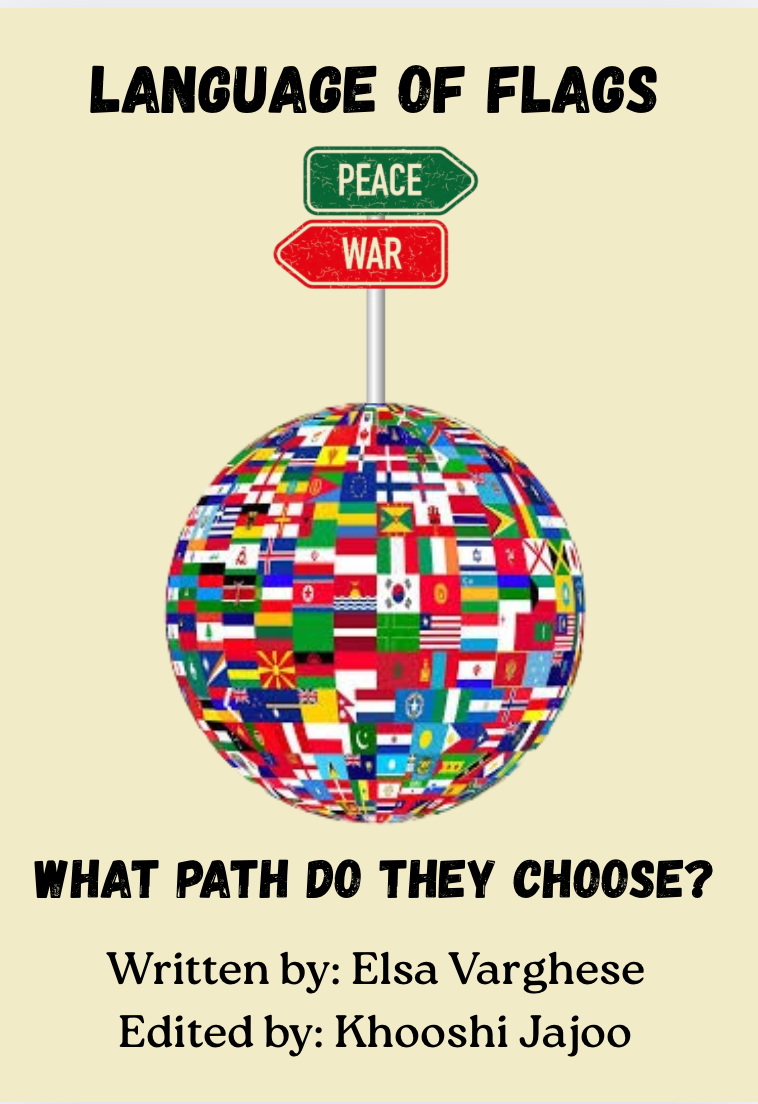Multilingualism and the Myth of Harmony in Bengaluru
- Echo Magazine

- Sep 11
- 4 min read

Written by: Pranati R Narain
Edited and GD by: Aaliya Singh
How much diversity is too much diversity?
Is there such a thing as a diversity saturation point beyond which the embers of conflict begin to surface?
What stokes the fire of today's language-based conflict in the Garden City of Bengaluru?
For centuries, Bengaluru has been a crucible of cultures, languages, and ethnicities. Census data from 2011 revealed that Bengaluru hosts 107 scheduled and non-scheduled languages. Kannada is spoken by approximately 44.62% of the population, while significant communities speak Tamil (15%), Telugu (14%), and Urdu (12%) (Kadidal, 2021). Even before the 18th century, Bengaluru was a multilingual landscape. The Tigalas of Tamil origin migrated to Bengaluru during Hyder Ali's rule (1752-1782) for employment, contributing to horticulture and cultivating the Lal Bagh gardens. Moreover, the Europeans discovered Bengaluru hosting Tamil, Telugu, Urdu, and Marathi speakers, alongside Kannadigas, as early as 1799 (Peter, 2021).
The eternal question is thrown into the air –
Does cultural diversity actually foster a community spirit where each community interacts with the other, or does it create a sense of artificial conflict in a desperate attempt to protect one's culture from imaginary invaders?
Scholars like Ben Wilson argue that diversity fosters a strong community spirit capable of driving change (Wilson, 2020). On the contrary, it is argued that cultural differences can lead to misunderstandings and conflict (Weiss, 1994).
Cities have been regions of ever-changing landscapes in terms of languages, ethnicities, traditions, religions, and races, thereby transforming from mere patches of land to areas of cultural mingling and consequently, diversity. From a historical perspective, cities like New York, London, and Paris have long served as gateways for immigrants seeking a new home and a better life.
In 1984, when the export and import of computer hardware was liberalised by the government, the IT boom took place in Bengaluru, facilitated by the two companies that benefited the most from the provision – Wipro and Infosys – that had their headquarters in the city. This saw more employment-driven migration, this time from north Indian states.
Ben Wilson, in his book titled “Metropolis”, iterates on the dynamic nature of a metropolitan city. A city, as in the case of Bengaluru, is bound to become a confluence of multiple cultures, traditions, and communities. “Their turbocharged success means they suck in talent and wealth from less favoured towns and regions; they dominate culture,” as Wilson puts it. Bengaluru is one of the finest modern examples of this statement, and has retained this reputation across centuries.
It is said that when Indians migrate from their native regions, their roots remain in their native places despite the long distances they travel to reach their new destination. This explains why migrants possess a strong passion for protecting and propagating their native languages while residing in a new city. These measures, however, tend to cause alarm among the local population that may feel that their language needs to be protected from migrant influences.
The migrants are therefore seen as “invaders” intent on usurping the local culture and spreading their own traditions.
A major incident that seemed to trigger off the linguistic conflict in Bengaluru was the usage of Hindi names on Metro signboards in the city during June 2017, which sparked protests by members of several pro-Kannada organisations who staged a demonstration in front of the office of Bangalore Metro Rail Corporation (BMRCL). The same Hindi names on metro signs at Chickpet and Majestic stations were mysteriously covered up on July 3, 2017, followed by protests against the three-language formula, culminating in the Twitter campaign #NammaMetroHindiBeda ("Our Metro, We Don’t Want Hindi").
The tension between linguistic preservation and urban inclusivity reflects broader national debates on language policies, as seen in the opposition to the Official Languages Act and the Three-Language Formula, both of which seem to pose a threat to the local state language, by providing a platform for a subtle promotion of a language originating outside the state, i.e., Hindi.
Policies aimed at promoting linguistic harmony, by suggesting increased mingling between state languages (such as Kannada), and official languages associated with the Central government (such as Hindi) have often sparked regional resistance. At the same time, they also highlight the deep-rooted anxieties surrounding cultural identity and state autonomy.
Ultimately, beneath the layers of language policies and perceived threats that immigrants seem to bring with them in the eyes of the local population, the core issue does not seem to be cultural diversity in itself. The cultural conflict seems to point to the inefficacy of socio-political structures in facilitating equitable cultural integration. What was designed to be a policy to promote cultural or linguistic interaction has now become an obstacle in the very process it hoped to facilitate.
Ensuring social cohesion in a city as diverse as Bengaluru requires policies that promote inclusivity without marginalising linguistic communities, fostering an environment where both local and migrant identities can coexist without conflict.
There seems to be no such concept as too much diversity. Only too few mechanisms to celebrate it.





Comments